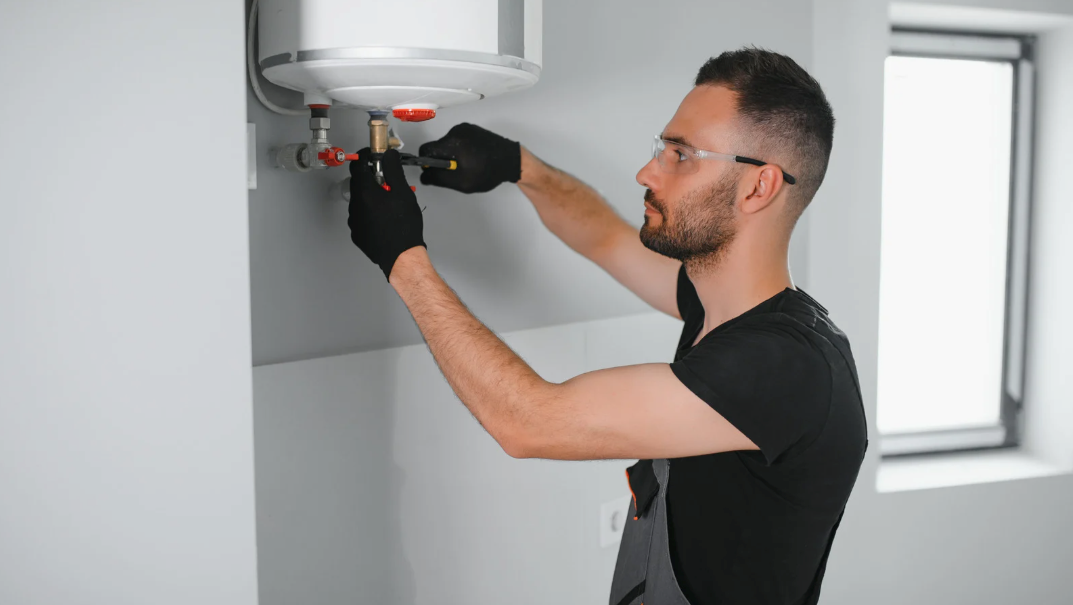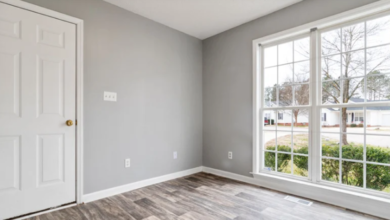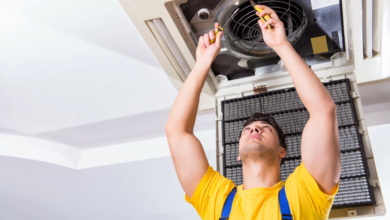
The Role of Professional Inspections in Preventing Furnace Breakdowns
Furnace failures rarely happen without warning. In most cases, subtle signs go unnoticed until they snowball into costly repairs or complete system shutdowns. Regular inspections by certified professionals play a crucial role in preventing these breakdowns, ensuring your heating system continues to run efficiently and safely through every season.
Scheduling a professional furnace repair in Dayton is more than a reactive measure; it’s a proactive investment. Inspections performed by trained technicians can catch early-stage problems, extend equipment lifespan, and protect your indoor air quality.
Why Routine Furnace Inspections Matter
Even high-end furnaces are susceptible to wear and tear. Over time, components like heat exchangers, burners, and blower motors degrade due to constant use. Routine inspections uncover issues such as dirty filters, cracked heat exchangers, and ignition problems before they lead to full system failure.
In fact, some of the most critical signs you need a furnace replacement, such as strange noises, inconsistent heating, or rising energy bills, can often be prevented with regular maintenance. Identifying these symptoms early allows technicians to offer repairs instead of recommending premature replacements.
Routine servicing also ensures your furnace complies with manufacturer requirements, which is essential for maintaining warranty coverage. Neglecting inspections may void your warranty, leaving you financially responsible for major failures.
See also: 11 Important Questions to Ask Your Custom Home Builder
What Happens During a Professional Inspection?
A comprehensive inspection involves more than a quick visual check. Certified technicians follow a detailed checklist to evaluate safety controls, combustion performance, airflow, and gas pressure. They’ll inspect the heat exchanger for cracks, clean the burners, and test carbon monoxide levels to ensure no harmful gases are leaking into your home.
Understanding what to expect during a professional visit can help homeowners appreciate the value of expert attention. Technicians will measure voltage and amperage, lubricate moving parts, and tighten electrical connections. These preventive steps reduce fire hazards and prevent mechanical failure, ensuring the system operates smoothly through peak usage.
Inspectors may also recalibrate thermostats, test system shutdown responses, and assess ductwork for leaks. These adjustments optimize both comfort and efficiency, giving you more control over heating costs and home temperature.
Preventing Unexpected Breakdowns in Winter
The coldest days of the year place the greatest strain on your furnace. Without proper maintenance, this stress can expose vulnerabilities and lead to breakdowns when you need heat the most. Emergency repairs in winter are not only inconvenient but often more expensive due to demand surges.
Seasonal inspections, ideally in the fall, allow technicians to identify worn-out components and fix them before freezing temperatures arrive. If necessary, they’ll recommend part replacements or system upgrades to prevent last-minute disruptions.
Homeowners who prioritize regular inspections also reduce the risk of carbon monoxide exposure. A cracked heat exchanger or blocked vent can silently release toxic gas into the living space. Annual checks by certified professionals help safeguard your household against such threats.
Conclusion
Preventive maintenance is the most effective way to avoid system failures and ensure consistent, reliable heating. Scheduling professional furnace repair before problems escalate not only saves money but also extends your equipment’s lifespan and protects your family’s well-being. By partnering with experienced technicians, homeowners gain peace of mind knowing that potential breakdowns have been identified and addressed before they become emergencies.




